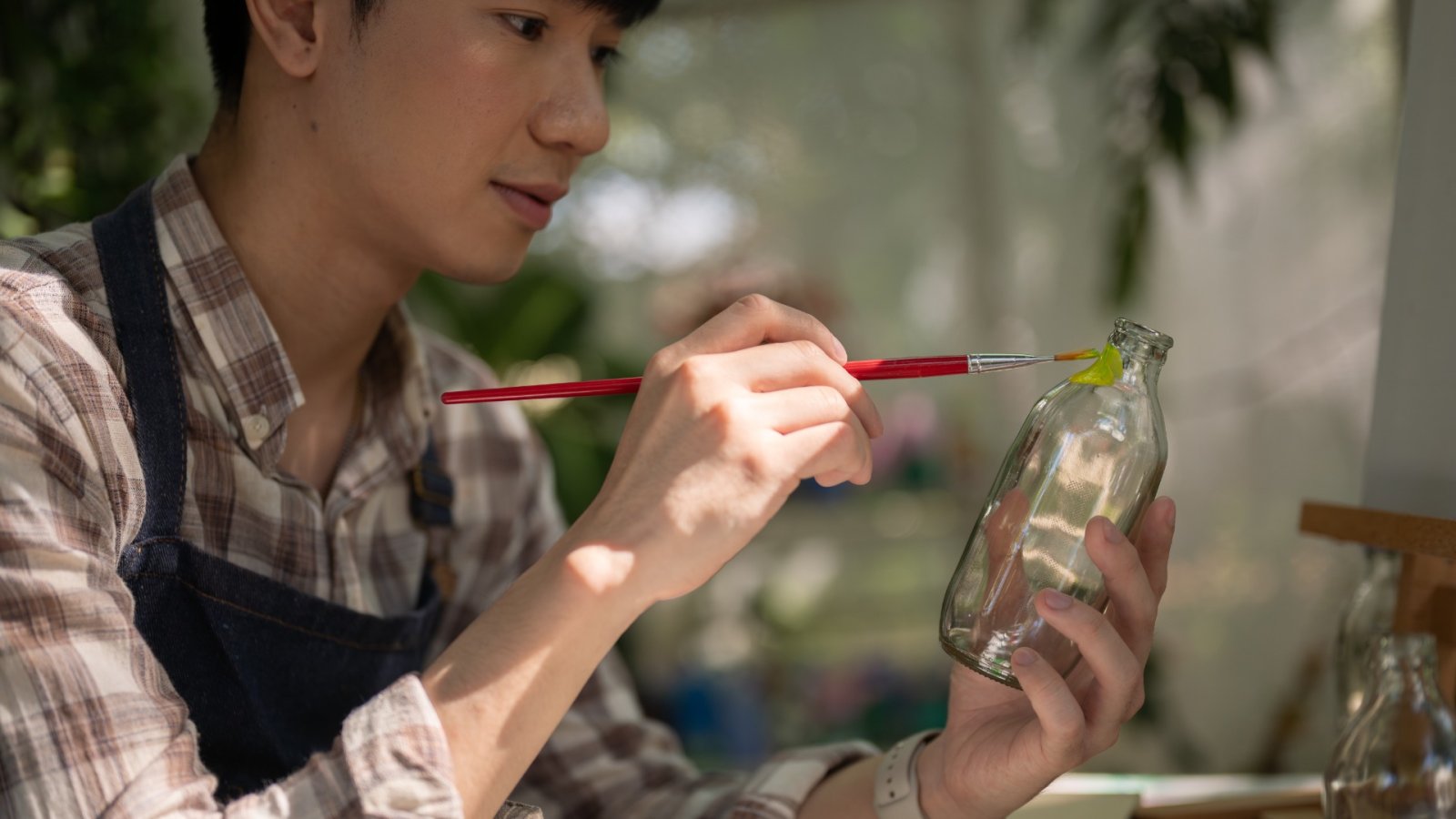Art Labor is a collective based in Ho Chi Minh City, Vietnam that challenges conventional approaches to artmaking. Rather than being confined by rigid artistic practices or categories, they exhibit their works in unconventional spaces across Vietnam, from remote villages in the Central Highlands to hospitals, botanical gardens, and international biennales.
Through their nomadic and adaptable way of working, Art Labor has found ways to sustain themselves in a region that lacks established infrastructure for artists. Their resilience and friendship have enabled them to pursue their vision outside the typical constraints of the art world. The collective often explores environmental, Indigenous, and postcolonial themes through their multidisciplinary practice. They have an ongoing dialogue with the Jarai people, an Indigenous group native to Vietnam's Central Highlands region.
At the recent Okayama Art Summit, Art Labor created a unique bamboo installation that functioned like a wind instrument, harnessing the power of the natural environment. Inspired by Jarai spirituality and their ecological worldview, the piece reflected the Jarai philosophy that humans are but one part of a greater living system.
Through their innovative approach, Art Labor brings attention to important social and environmental issues while nurturing cross-cultural exchange beyond traditional artistic boundaries.
Eugene Jung is an emerging Korean sculptor whose work explores themes of ruins and post-apocalyptic worlds. Deeply influenced by her generation's experience of looming environmental crises as well as anime and cartoons, she brings these imaginings to life through skillfully crafted foam sculptures. In a recent installation staged in a boxing gym, Jung transformed the space with sculptural forms brushing the line between hand-carved and machine-made. Interacting in cartoon-like scenes, the pieces had a playful elegance while maintaining a bold physical presence.
Where many Korean artists emphasize precision and refinement, Jung approaches her elaborate sculptures with a daring spirit. As a young woman in the industry, her bold vision and unique sense of humor are refreshing.
Currently one of the youngest featured artists in the Busan Biennale, Jung is presenting an ambitious large-scale installation that envisions a ship run aground on shore. Through imaginative post-apocalyptic tableaus, her creative talent and daring sensibility are sure to continue developing new realms of possibility within Korean contemporary art.
Through film installations featuring shape-shifting characters, Ho Tzu Nyen's art challenges conventional perspectives on history. Nyen creates non-linear narratives that are mediated by figures who defy fixed identities, traversing Asia's sociopolitical transformations since World War II.
Constantly metamorphosing, these characters act as vessels to explore the fluid nature of selfhood, storytelling, and the passage of time. For instance, the triple agent and Malayan communist leader Lai Teck took on identities like Trương Phước Đạt, Loi Teck, Lighter, and Mr. Wright to navigate the various authoritarian powers of his era.
Nyen's 2003 film Utama – Every Name in History is I similarly follows Singapore's precolonial founder Sang Nila Utama, known also as Srī Trī Buana, Paramēśwara, and Iskandar Shāh. Through these figures' shifting names, Nyen suggests they strategically embraced and shed designations according to changing political circumstances.
By casting unruly characters whose identities morph across boundaries, Nyen's destabilizing work challenges set hierarchies in our understanding of Asian history. It envisions the past as contingent on fluid conceptions of self rather than rigid classifications.






